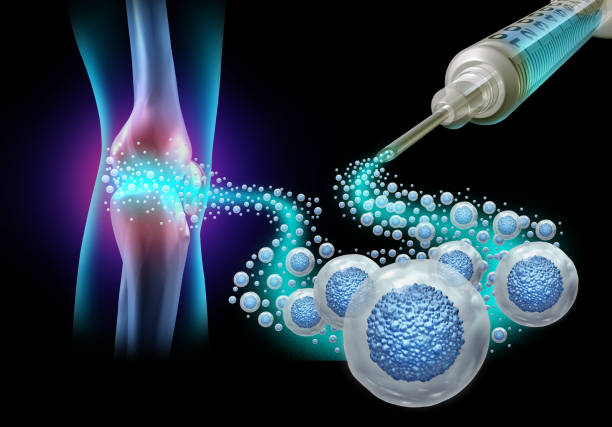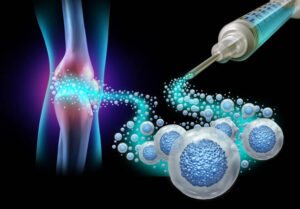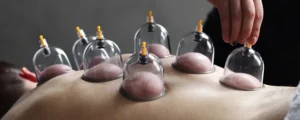Joint Injections: What They Are and How They Work
Joint injections are a powerful medical treatment designed to alleviate pain and inflammation in specific joints. They involve the injection of medication, typically corticosteroids or hyaluronic acid, directly into the affected joint space.
The procedure is minimally invasive and can be performed in a doctor’s office, often requiring only local anesthesia. Once injected, the medication works quickly to reduce swelling and improve mobility. Don’t ignore the potential benefits—consider discussing this option with your healthcare provider if you’re struggling with joint issues.
Key Benefits of Joint Injections for Chronic Pain Relief
Joint injections are a powerful tool in the management of chronic pain, offering significant benefits that cannot be overlooked. First and foremost, these injections provide targeted relief directly to the source of discomfort. By delivering medication straight into the affected joint, patients often experience rapid pain reduction and improved mobility.
Another key benefit is the potential for long-lasting effects. Many patients report sustained relief from symptoms following joint injections, allowing them to engage in daily activities without the constant burden of pain. This can lead to an enhanced quality of life and a return to normalcy that many thought was lost.
Additionally, joint injections can serve as a valuable diagnostic tool. By assessing how well a patient responds to an injection, healthcare providers can gain insights into the underlying causes of pain and tailor treatment plans accordingly.
Enhancing Mobility: How Joint Injections Improve Quality of Life
Joint injections are a powerful tool in enhancing mobility and significantly improving quality of life for individuals suffering from joint pain. The effectiveness of these injections lies in their ability to reduce swelling and improve function almost immediately. Patients often report noticeable improvements in their range of motion and overall mobility shortly after treatment. This is not just about alleviating pain; it’s about reclaiming an active lifestyle that many thought was lost.
Moreover, joint injections can serve as a critical component of a comprehensive treatment plan. They allow patients to participate more fully in physical therapy and rehabilitation programs, accelerating recovery times and enhancing outcomes.
The Role of Joint Injections in Sports Medicine and Recovery
Joint injections play a pivotal role in sports medicine and recovery, offering athletes a powerful tool to manage pain and enhance performance. These targeted treatments deliver anti-inflammatory medications directly into the affected joint, providing rapid relief from discomfort that can hinder an athlete’s ability to train or compete.
By focusing on the specific area of inflammation or injury, they can significantly reduce pain and swelling, allowing for faster recovery times. This is essential for athletes who cannot afford prolonged periods away from their sport due to injury.
Moreover, joint injections are not just about immediate relief; they also enable athletes to return to their training regimens sooner and with greater confidence. By alleviating pain, these injections allow for more effective rehabilitation exercises that strengthen the joint and prevent future injuries.
It’s important to recognize that while joint injections can be highly effective, they are not a one-size-fits-all solution. They should be part of a comprehensive treatment plan tailored to individual needs, including physical therapy and lifestyle modifications. Consulting with a qualified healthcare provider is essential to determine if joint injections are appropriate for your specific condition and how they can best fit into your overall management strategy.







